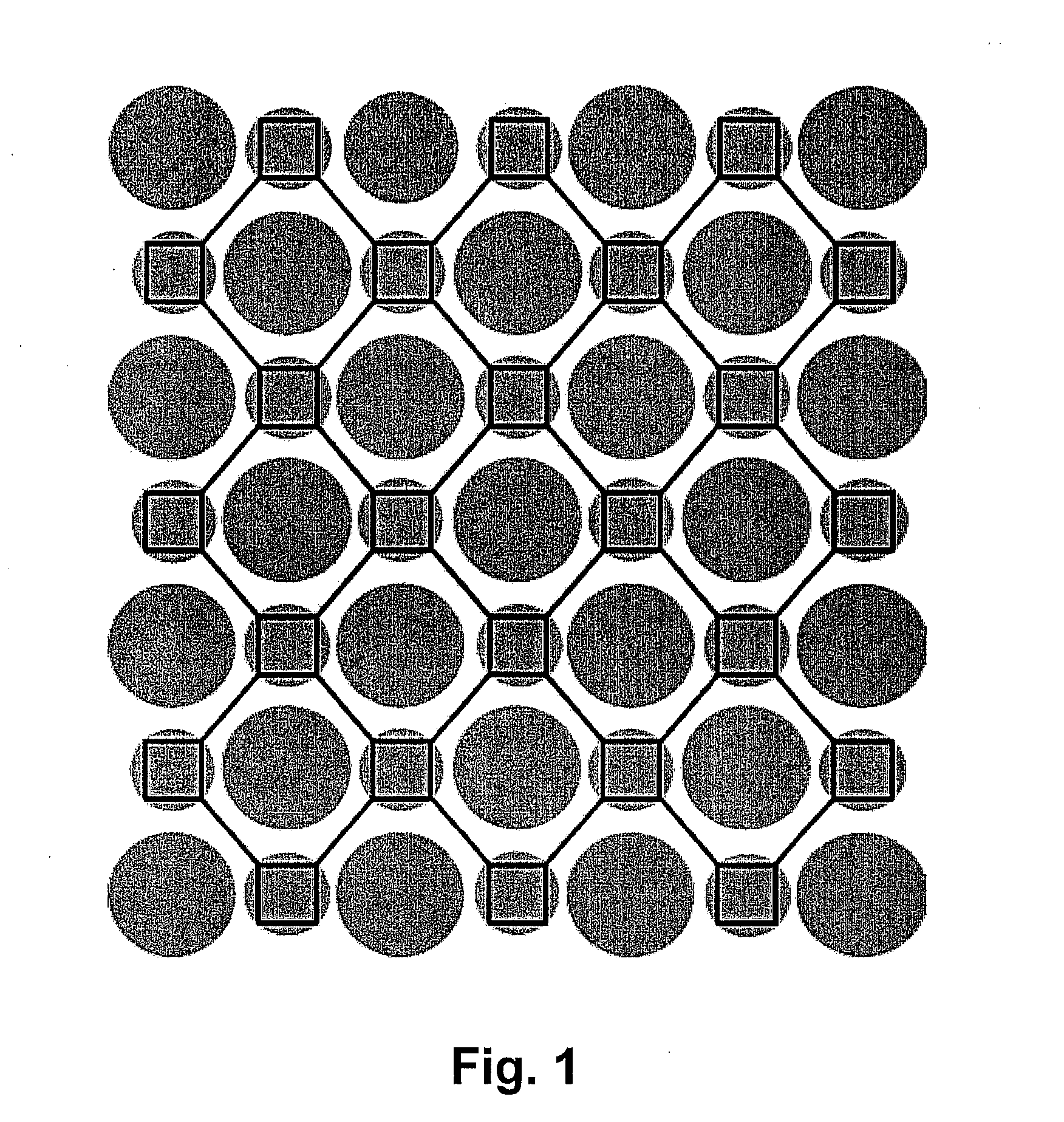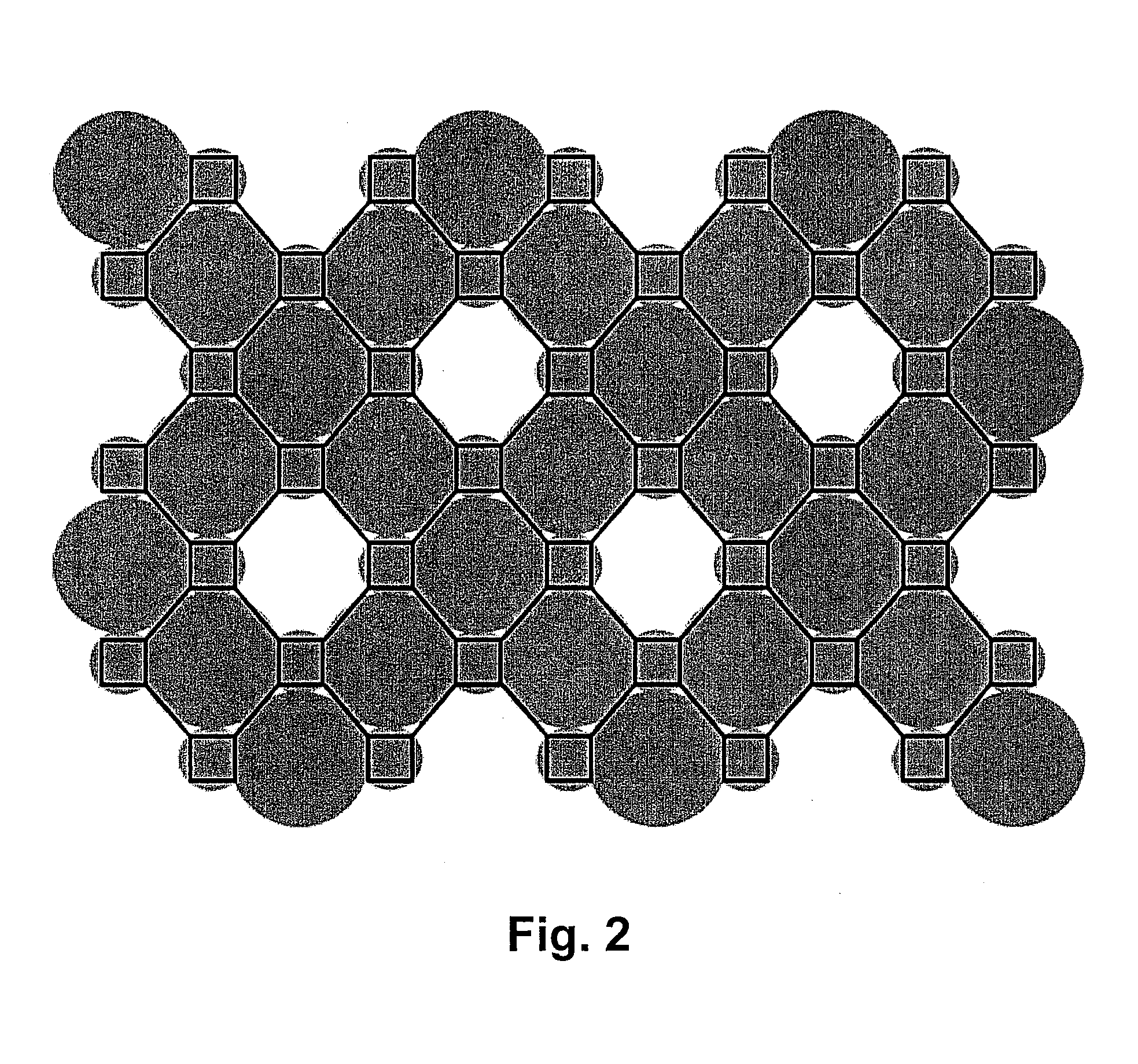Methods and systems for manufacturing a structure having organized areas
a manufacturing method and a technology of a structure, applied in the field of form components, can solve the problems of voids in three-dimensional symmetrical arrangement of materials, current techniques that cannot allow voids to be created, and existing processes that cannot produce materials with enclosed voids,
- Summary
- Abstract
- Description
- Claims
- Application Information
AI Technical Summary
Benefits of technology
Problems solved by technology
Method used
Image
Examples
Embodiment Construction
[0080]Beaded Preforms as Precursors to Organized Voided Materials
[0081]A beaded preform according to the present invention is a precursor component for incorporation into a material to form predetermined symmetrical or asymmetrical positioned or otherwise organized voids, or pores, to establish, for example, a material having organized voracity. An example of such a material is a stress steering structure for resolving imposed loads primarily into compressive stress. Two-dimensional cross-sections of such three-dimensional stress steering structures are shown in FIGS. 1-4.
[0082]The preforms may be sacrificial (i.e., preliminary), permanent, or a combination thereof. In sacrificial preforms, the bead material which forms the voids is eliminated at some point after incorporation into the base material, generally during further processing. In permanent preforms, the bead material remains in the voids, although it may be altered or reformed in some way during processing.
[0083]The beads ...
PUM
| Property | Measurement | Unit |
|---|---|---|
| temperature | aaaaa | aaaaa |
| temperature | aaaaa | aaaaa |
| temperature | aaaaa | aaaaa |
Abstract
Description
Claims
Application Information
 Login to View More
Login to View More - R&D
- Intellectual Property
- Life Sciences
- Materials
- Tech Scout
- Unparalleled Data Quality
- Higher Quality Content
- 60% Fewer Hallucinations
Browse by: Latest US Patents, China's latest patents, Technical Efficacy Thesaurus, Application Domain, Technology Topic, Popular Technical Reports.
© 2025 PatSnap. All rights reserved.Legal|Privacy policy|Modern Slavery Act Transparency Statement|Sitemap|About US| Contact US: help@patsnap.com



